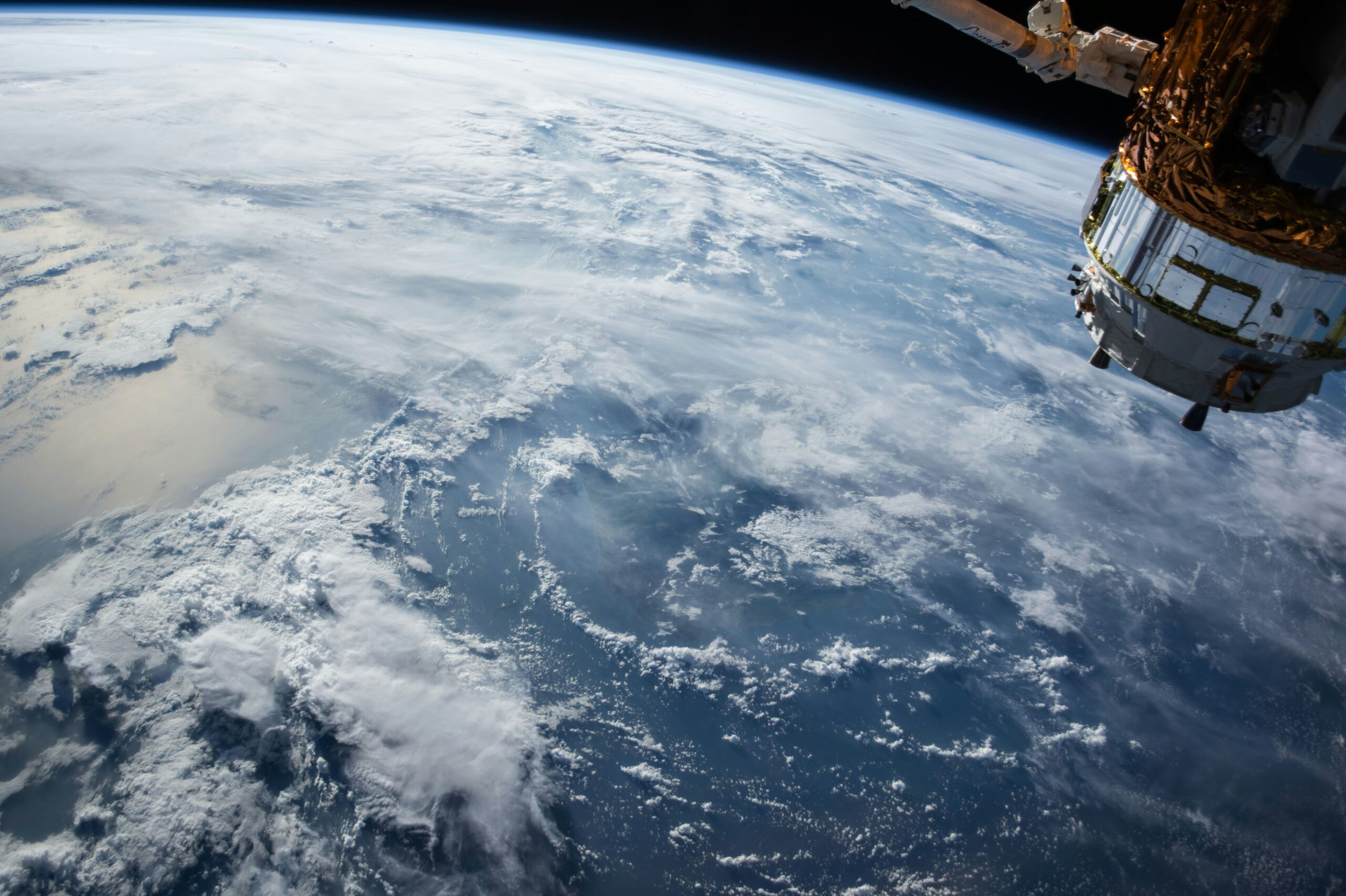By Nicholas D. Williams, Assistant News Editor
Hosted by the University’s photography program, James Webb Space Telescope (JWST) engineer speaks on how photos are taken in space.
On April 3, Mike Davis, a deputy mission systems engineer at the Goddard Spaceflight Center in Washington D.C., spoke to students about his work with NASA. Acquiring his Bachelor of Science in astronomy from Villanova in 1982, he began his career at Lockheed Martin in Sunnyvale, California.
It was here that he worked on a variety of projects, including space-based lasers, x-ray telescopes and various types of satellites. Shortly into his professional life, he became a member of the Hubble Space Telescope Project where he actively supported two service missions; he also served as the systems engineer and verification lead for the Wide Field Camera 3 (WFC3).
The WFC3 is an instrument that redirects light into various channels to span the electromagnetic spectrum. In short, this allows for things invisible to the naked eye to be seen clearly; along with that, it also allows for a wide range of coverage that views deeper into the solar system.
Since 2003, Davis has been a member of NASA’s JWST team working as a civil servant; he oversees requirements, formulation, management, system design and integration. Davis also works as support for day-to-day flight operations and anomaly identification.
In 2022, Davis presented the Claritas Distinguished Lecture in the Sciences; it was here that he gave an overview of the JWST’s missions and results.
Davis began his address by questioning those in attendance: “How do you get those pretty pictures?” He says that after the Second World War, the United States invented the U-2 aircraft; the plane was designed for flyover surveillance of the Soviet Union. Cruising at an altitude of 70,000 feet, the plane could photograph Soviet missile sights without being touched by enemy artillery.
In 1960, the enemy had perfected their surface-to-air missiles, leading to a U-2 being shot down and the pilot being held captive. As a result, our country began satellite development; Davis says the earliest version of these were roughly the size of a larger camper van and recorded pictures on 7-millimeter film.
Around 1970, Davis says that the transition to digital imagery had begun as film was rapidly becoming obsolete in space photography. These photos were, and still are, taken in grayscale; this means that each photograph taken is made up of pixels. Each pixel is assigned a value between 0-255, and each number represents a respective color. These colors are then applied in the post-process, meaning that all the images are taken in black and white with coloring applied after.
Along with that, the JWST utilizes a filtering technique where three separate images of the same subject are taken, all with different filters. These filters, which are essentially red, blue and green, are then combined to form one image that bridges the color spectrums.
After the images are sent down to the surface, photo engineers then run them through FITS Liberator; Davis says this is essentially “photoshop for rocket scientists.” After the images are processed, they are ready for viewing. Images can be viewed by the public on the Space Telescope Institute website.
NASA has contact with the telescope for roughly 8-10 hours a day, with photos being transmitted perpetually in that time. The JWST has a range of up to 13.4 million light years, meaning that it can photograph things that occurred up to 13.4 million years in the past. Along with that, NASA estimates that with the given fuel reserves and orbit of the JWST, it will be utilized for approximately 27 more years, which is far longer than the original estimate.
























